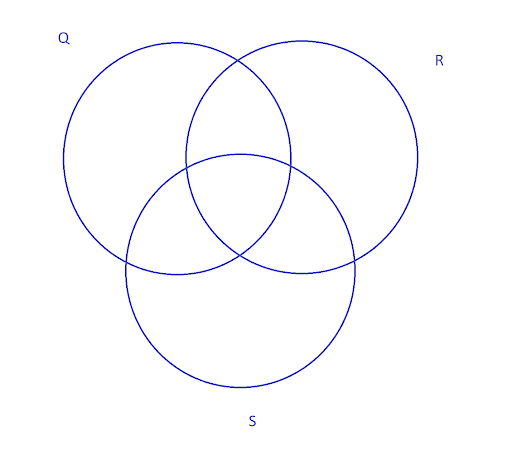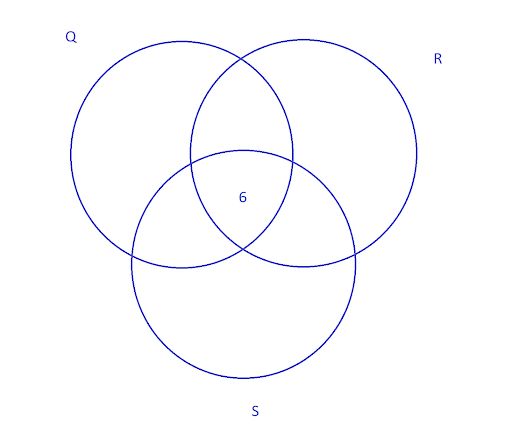Events & Promotions
|
|

GMAT Club Daily Prep
Thank you for using the timer - this advanced tool can estimate your performance and suggest more practice questions. We have subscribed you to Daily Prep Questions via email.
Customized
for You
Track
Your Progress
Practice
Pays
Not interested in getting valuable practice questions and articles delivered to your email? No problem, unsubscribe here.
- Nov 19
12:30 PM EST
-01:30 PM EST
Learn how Keshav, a Chartered Accountant, scored an impressive 705 on GMAT in just 30 days with GMATWhiz's expert guidance. In this video, he shares preparation tips and strategies that worked for him, including the mock, time management, and more - Nov 20
01:30 PM EST
-02:30 PM IST
Learn how Kamakshi achieved a GMAT 675 with an impressive 96th %ile in Data Insights. Discover the unique methods and exam strategies that helped her excel in DI along with other sections for a balanced and high score. - Nov 22
11:00 AM IST
-01:00 PM IST
Do RC/MSR passages scare you? e-GMAT is conducting a masterclass to help you learn – Learn effective reading strategies Tackle difficult RC & MSR with confidence Excel in timed test environment - Nov 23
11:00 AM IST
-01:00 PM IST
Attend this free GMAT Algebra Webinar and learn how to master the most challenging Inequalities and Absolute Value problems with ease. - Nov 24
07:00 PM PST
-08:00 PM PST
Full-length FE mock with insightful analytics, weakness diagnosis, and video explanations! - Nov 25
10:00 AM EST
-11:00 AM EST
Prefer video-based learning? The Target Test Prep OnDemand course is a one-of-a-kind video masterclass featuring 400 hours of lecture-style teaching by Scott Woodbury-Stewart, founder of Target Test Prep and one of the most accomplished GMAT instructors.
Kudos
Bookmarks
C
Be sure to select an answer first to save it in the Error Log before revealing the correct answer (OA)!
Difficulty:
 55%
(hard)
55%
(hard)
Question Stats:
75% (02:55) correct 25%
(03:16)
wrong
25%
(03:16)
wrong  based on 1020
sessions
based on 1020
sessions
History
Date
Time
Result
Not Attempted Yet
Of the 45 households in a certain neighborhood, 28 subscribe to Newspaper Q, 17 subscribe to Newspaper R, 12 subscribe to Newspaper S, 7 subscribe to both Q and R, 8 subscribe to both Q and S, and 9 subscribe to both R and S. The number of households who subscribe to all three newspapers is equal to the number of households who subscribe to none of the three newspapers. If 39 of the households subscribe to at least one of the three newspapers, how many households subscribe to only one of the newspapers?
A) 15
B) 21
C) 27
D) 33
E) 46
A) 15
B) 21
C) 27
D) 33
E) 46
Kudos
Bookmarks
Of the 45 households in a certain neighborhood, 28 subscribe to Newspaper Q, 17 subscribe to Newspaper R, 12 subscribe to Newspaper S, 7 subscribe to both Q and R, 8 subscribe to both Q and S, and 9 subscribe to both R and S. The number of households who subscribe to all three newspapers is equal to the number of households who subscribe to none of the three newspapers. If 39 of the households subscribe to at least one of the three newspapers, how many households subscribe to only one of the newspapers?
We don't need to draw a Venn diagram to answer this question. If we understand the math, we can answer the question by simply doing the math on the sheet or in our heads.
However, for the purpose of illustrating what's going on, I'll use a Venn diagram.
We can start with three circles to represent the sets of households that subscribe to the three newspapers.

Then, we work our way from the center outward, starting with the households that subscribe to all three newspapers.
The passage says, "The number of households who subscribe to all three newspapers is equal to the number of households who subscribe to none of the three newspapers." So, we know that the number that subscribe to all three is the following:
Households That Subscribe to None = All Households - Households That Subscribe to at Least One = 45 - 39 = 6.

Then, to find the number that subscribe to two but not all three, we subtract 6 from each number of households that subscribe to two.
Q and R only = 7 - 6 = 1
Q and S only = 8 - 6 = 2
R and S only = 9 - 6 = 3

Finally, to find the number that subscribe to one newspaper only, we subtract the numbers already in each circle from the total number that subscribe to each newspaper.
Q only = 28 - (2 + 6 + 1) = 19
R only = 17 - (1 + 6 + 3) = 7
S only = 12 - (2 + 6 + 3) = 1

Then, the total number of households that subscribe to only one newspaper is Q only + R only + S only = 19 + 7 + 1 = 27
A) 15
B) 21
C) 27
D) 33
E) 46
Correct answer: C
We don't need to draw a Venn diagram to answer this question. If we understand the math, we can answer the question by simply doing the math on the sheet or in our heads.
However, for the purpose of illustrating what's going on, I'll use a Venn diagram.
We can start with three circles to represent the sets of households that subscribe to the three newspapers.

Then, we work our way from the center outward, starting with the households that subscribe to all three newspapers.
The passage says, "The number of households who subscribe to all three newspapers is equal to the number of households who subscribe to none of the three newspapers." So, we know that the number that subscribe to all three is the following:
Households That Subscribe to None = All Households - Households That Subscribe to at Least One = 45 - 39 = 6.

Then, to find the number that subscribe to two but not all three, we subtract 6 from each number of households that subscribe to two.
Q and R only = 7 - 6 = 1
Q and S only = 8 - 6 = 2
R and S only = 9 - 6 = 3

Finally, to find the number that subscribe to one newspaper only, we subtract the numbers already in each circle from the total number that subscribe to each newspaper.
Q only = 28 - (2 + 6 + 1) = 19
R only = 17 - (1 + 6 + 3) = 7
S only = 12 - (2 + 6 + 3) = 1

Then, the total number of households that subscribe to only one newspaper is Q only + R only + S only = 19 + 7 + 1 = 27
A) 15
B) 21
C) 27
D) 33
E) 46
Correct answer: C
Kudos
Bookmarks
yrozenblum
First notice that we are given that out of 45, 39 households subscribe to at least one of the three newspapers. This means 6 households subscribe to none. This also means 6 susbcribe to all three (since "The number of households who subscribe to all three newspapers is equal to the number of households who subscribe to none of the three newspapers")
Those that subscribe to 2 or more newspapers = 7 + 8 + 9 - 2*6 = 12
Why do we subtract 6 twice? Because it is counted each time in 7, 8 and 9. We need to count it only once.
Since 39 households subscribe to at least one of the three newspapers, if we subtract from this the number that subscribe to at least 2 or more, we will get the number that subscribe to only 1 newspaper.
Those that subscribe to only 1 newspaper = 39 - 12 = 27
Answer (C)














